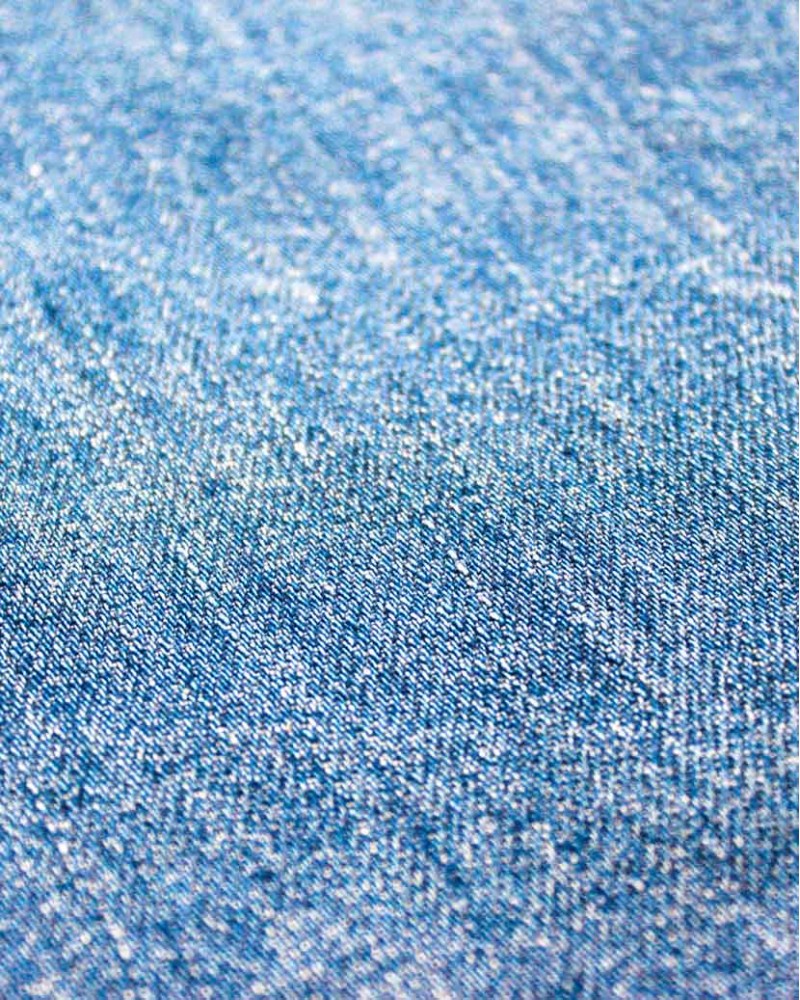dye indigo plant
The Fascinating World of Indigo Dye and Its Plant Source
Indigo dye, with its deep blue hue, has captured the imaginations of artists, textile makers, and fashion enthusiasts for centuries. Historically significant and culturally rich, indigo is extracted from various plants, primarily those belonging to the genus Indigofera. This article delves into the plant source of indigo dye, its historical significance, the extraction process, and its contemporary relevance in fashion and sustainability.
The Indigo Plant
The indigo dye is primarily derived from the leaves of the Indigofera plant, particularly Indigofera tinctoria. This plant thrives in tropical and subtropical regions, notably in countries such as India, Africa, and parts of Southeast Asia. The leaves of the Indigofera plant contain a compound called indican. When fermented, indican is transformed into indoxyl, which upon exposure to air, oxidizes to produce the vibrant blue dye we associate with indigo.
The cultivation of indigo dates back thousands of years. Ancient cultures in India, Egypt, and Mesopotamia used indigo for dyeing textiles, creating striking patterns and rich colors that signified status and pride. The use of indigo spread across the globe, facilitated by trade routes that connected East and West. This dye became particularly popular in Europe during the Middle Ages and the Renaissance, where it was often referred to as blue gold due to its high value in the market.
Historical Significance
Indigo dye has played a crucial role in the economy and culture of countless societies. In India, the cultivation of indigo became a source of immense wealth during the colonial era, particularly for British traders who monopolized its trade. The indigo revolt in the 1850s in Bengal was a critical moment in history, as farmers protested against unfair practices and exploitation by British planters. This uprising not only highlighted the socio-economic issues tied to indigo cultivation but also sparked broader movements for Indian independence.
Artisans and weavers embraced indigo in their traditions, incorporating it into various textiles ranging from simple cotton fabrics to intricate silk saris. The techniques used to create indigo-dyed fabrics vary from region to region, showcasing the diverse cultural practices surrounding this dye.
Extraction Process
dye indigo plant

The process of extracting indigo dye from the plant is labor-intensive and requires a deep understanding of fermentation and oxidation. First, the leaves of the Indigofera plant are harvested and then submerged in water. This step facilitates the release of indican. The mixture is then allowed to ferment, a process that takes several hours to a few days, depending on environmental conditions. Once fermentation occurs, the liquid is aerated to oxidize the indoxyl, causing it to precipitate out of the solution, resulting in a blue sludge. This sludge is then collected, dried, and ground into a powder, ready for use in dyeing textiles.
The versatility of indigo allows it to be applied in various forms. It can be used for traditional tie-dye, batik, or shibori techniques, each allowing artisans to create unique patterns that celebrate their cultural heritage.
Contemporary Relevance
In today’s world, indigo dyeing is experiencing a resurgence due to the growing interest in sustainable and eco-friendly practices. As synthetic dyes dominate the textile industry, many consumers are seeking natural alternatives that have minimal environmental impact. The revival of traditional indigo dyeing methods not only promotes sustainability but also supports local artisans and communities.
Fashion designers are increasingly incorporating indigo into their collections, recognizing its timeless appeal and cultural significance. Brands committed to ethical practices are exploring natural dyeing techniques, showcasing the beauty of indigo while promoting fairness in trade and craftsmanship.
Moreover, the global shift towards sustainability encourages consumers to appreciate the origins of their clothing. This appreciation fosters a reconnection to the natural world and the traditional methods employed by artisans who have perfected the art of indigo dyeing for generations.
Conclusion
Indigo dye, derived from the Indigofera plant, holds a storied place in human history and culture. Its journey from a simple plant to a luxurious dye reflects the complexities of trade, culture, and artistry. As we increasingly prioritize sustainability in fashion, the revival of indigo serves as a powerful reminder of our connection to nature and the importance of preserving traditional practices. Whether adorning a pair of jeans or a luxurious shawl, indigo continues to weave its magic through the fabric of human experience.
-
Sulphur Black Dyes in Daily Use
NewsMay.07,2025
-
Indigo Dyeing for Daily Life
NewsMay.07,2025
-
Indigo Dye Production and Its Growing Demand
NewsMay.07,2025
-
Color That Lasts
NewsMay.07,2025
-
Bromo Indigo for Modern Use
NewsMay.07,2025
-
Blue From Nature
NewsMay.07,2025
-
The Timeless Color in Fashion and Textiles
NewsApr.10,2025

Sulphur Black
1.Name: sulphur black; Sulfur Black; Sulphur Black 1;
2.Structure formula:
3.Molecule formula: C6H4N2O5
4.CAS No.: 1326-82-5
5.HS code: 32041911
6.Product specification:Appearance:black phosphorus flakes; black liquid

Bromo Indigo; Vat Bromo-Indigo; C.I.Vat Blue 5
1.Name: Bromo indigo; Vat bromo-indigo; C.I.Vat blue 5;
2.Structure formula:
3.Molecule formula: C16H6Br4N2O2
4.CAS No.: 2475-31-2
5.HS code: 3204151000 6.Major usage and instruction: Be mainly used to dye cotton fabrics.

Indigo Blue Vat Blue
1.Name: indigo blue,vat blue 1,
2.Structure formula:
3.Molecule formula: C16H10N2O2
4.. CAS No.: 482-89-3
5.Molecule weight: 262.62
6.HS code: 3204151000
7.Major usage and instruction: Be mainly used to dye cotton fabrics.

